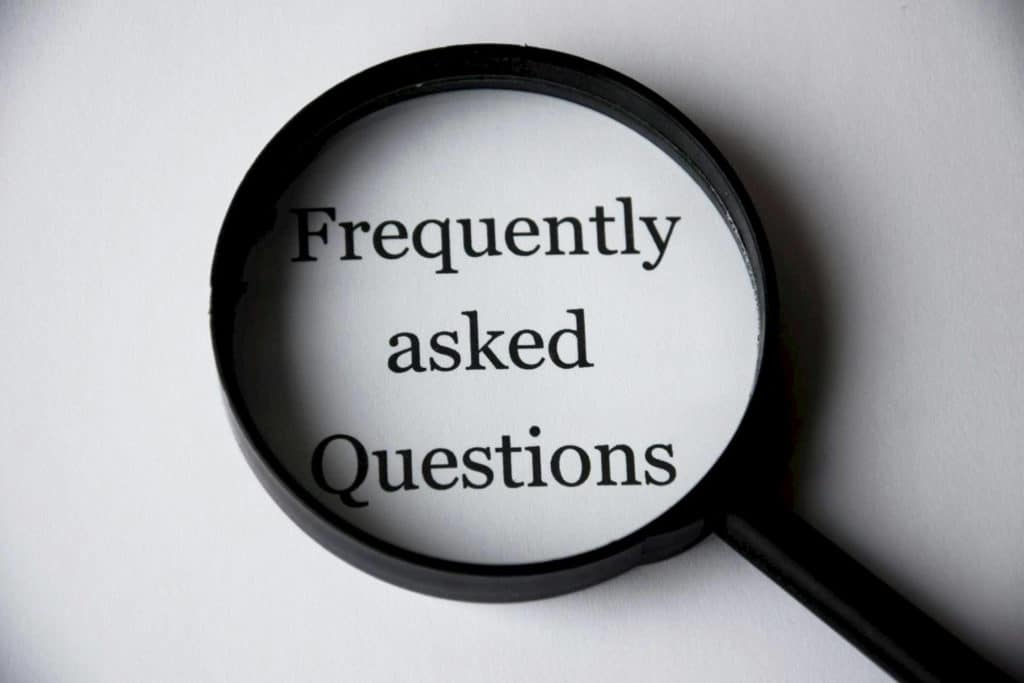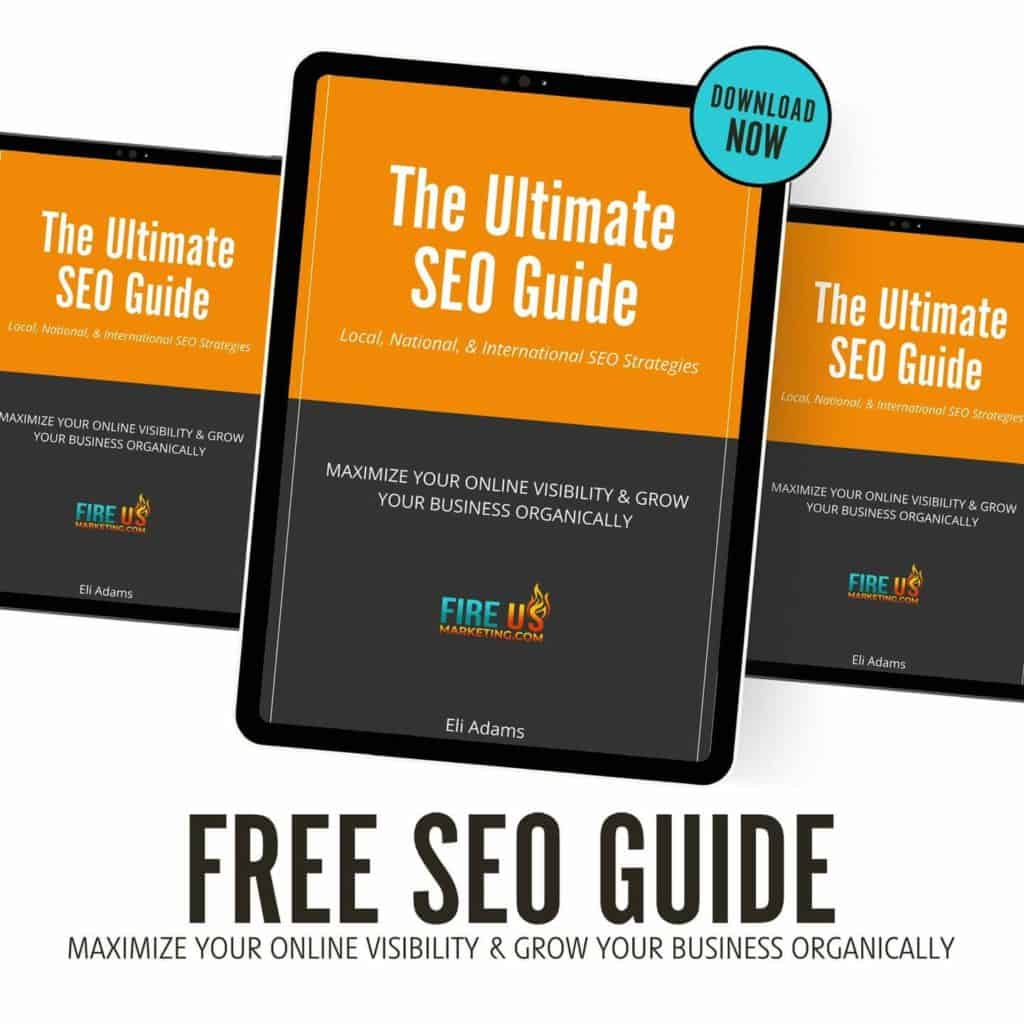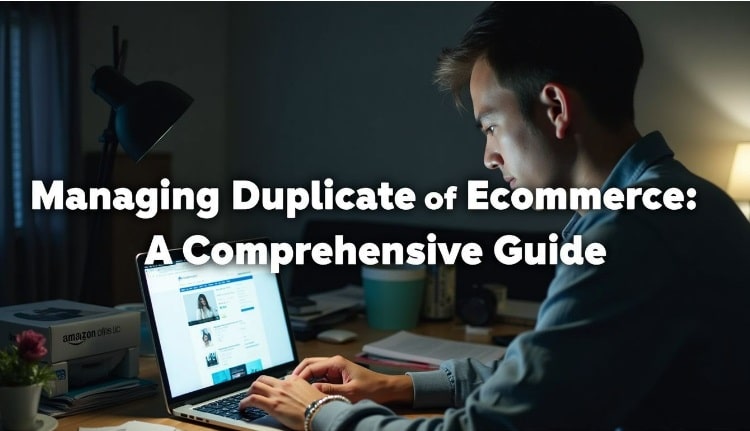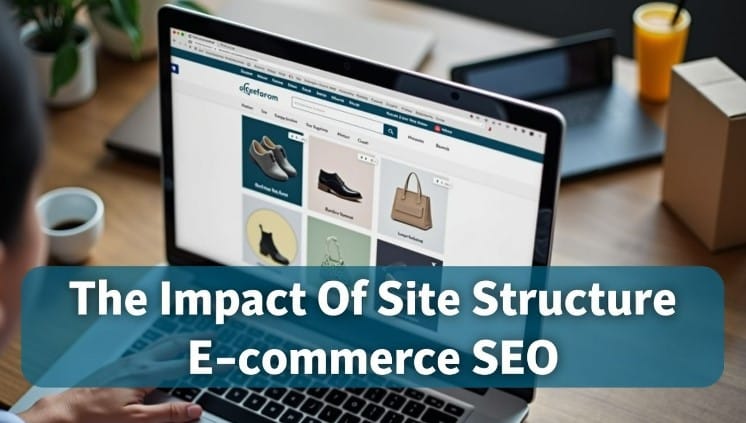Not getting local customers? You’re not alone. This post will walk you through creating location specific landing pages that turn visitors into leads.
Time to learn and convert!
Key Takeaways
- Local landing pages help your business show up in local searches online, so customers can find you. Including your name, address, phone number and a map can increase visibility.
- Adding location specific content and calls to action (CTAs) on your landing pages makes visitors feel at home. This means using words and phrases they use, linking CTAs to Google Maps for easy navigation and making sure all info is accurate.
- To create local landing pages that convert well include localized URLs and title tags. Use high quality images of local landmarks or happy customers above the fold and positive reviews to build trust fast.
- Don’t make common mistakes like not optimizing for mobile or overlooking local keywords. These mistakes will make it harder for potential customers to find or use your page.
- Do market research on competitors and define clear goals based on what makes your area unique. Design a user friendly structure with strong SEO and you’ll attract more leads from the locations you target.
Download Our Free SEO Guide Here!
Defining Local Landing Pages
Local landing pages are like your business’s front door for different towns or cities. They show off what you’ve got, from services to staff details, right where people are searching.
A San Diego dentist wants to be the top choice for “dentist near me” in search results. That’s exactly what these pages do – highlight your biz in specific areas. With types ranging from City/State/Country Pages to Individual Location Pages, they make sure people find you, whether they’re around the corner or coming from afar.
If you’re listed on Google Business Profile (GBP), you need a matching local landing page. It ties your online presence together and gets you visible in local search on other search engines.
From my own experience, having a page that mirrors what’s on GBP helps customers make the connection – so they’re more likely to pop by or get in touch.
A good local landing page turns online searches into real life visits.

Importance of Location-Specific Landing Pages
Location-specific landing pages help your website show up better in local online searches. They make customers feel right at home, boosting clicks and driving sales.
Enhanced Local SEO
Boosting your local SEO means making it easy for nearby customers to find you. Think of it as putting up a big, shiny sign in the digital world that says, “Hey, we’re here!
Using words and phrases people type into their phones when looking around town can bump you up higher on search pages. It’s like being at the top of the list when someone asks for recommendations.
Did you know 18% of folks searching on their smartphones buy something within a day? That’s because they found exactly what they needed close by. Make sure your business pops up first by including clear details like your name, address, and phone number.
Don’t forget to add a map too! This way, Google gives your page a thumbs-up for being super helpful and relevant to what people are searching for locally. Plus, nobody likes waiting around for slow webpages to load – especially Google.
Keeping your site speedy ensures everyone stays happy and doesn’t click away.
Improved Customer Experience
Enhanced customer interaction begins with making everything accessible and uncomplicated. Creating locale-specific landing pages, companies display their understanding of local customer requirements.
This strategy employs maps and snapshots of real nearby locations to foster ease and assurance. It’s akin to welcoming someone into a well-illuminated, amiable shop instead of a dim, unfamiliar alley.
Content consumers frequently broadcast their rewarding experiences on the internet. They post favorable critiques on social media platforms and search engine results pages (SERPs), amplifying the company’s digital visibility.
Local telephone numbers and physical addresses also simplify the process for customers to make contact or pay a visit, which further enhances their total interaction with the label.
Showcasing proficient local staff on these pages not just highlights mastery but also solidifies community connections, demonstrating that the company isn’t simply an impersonal unit, but a helpful neighbor.
Increased Lead Generation
Location-specific landing pages are like magnets for more leads. They pull in people searching for stuff nearby. Think about it – half of all those billions of searches every month come from phones.
People on the go want quick answers and local spots to shop or visit. If your page pops up first, because it’s got the local SEO magic, you’re already ahead in the game.
Adding location-specific calls to action (CTAs) does wonders too. It’s like saying “Hey, we’re right here! Come check us out!” directly to potential customers. This direct approach works well with mobile users who outnumber desktop searchers now.
Pair that with a link to Google Maps, and you make it super easy for them to find you. Easy access and relevant info equal more leads walking through your door or hitting up your website.
Key Elements of Effective Local Landing Pages
To nail the perfect local landing page, focus on simple things: make URLs and headings specific to the place, keep catchy stuff at the top, add maps and real photos, plus show off good reviews.
Ready to learn more? Keep reading for tips that will get your pages buzzing with visits.
Localized URL and Title Tags
Selecting the appropriate URL and title tags for your regional landing pages can significantly improve your website’s visibility on search engines. Consider a geographically specific URL as the location indicator for your online business; it informs customers and search engines precisely about your whereabouts.
For example, if you’re a plumber in San Francisco, using a URL like “sanfrancisco-plumber.com” expedites the discovery process for both Google’s algorithms and potential customers.
This method optimizes user experience and local SEO policy from the outset.
Title tags present the initial impression of your page on search results, hence their significance.
For example, deploying a title like “Bay Area Plastic Surgeon | Pacific Cosmetic Artistry” exhibits the service and emphasizes the geographical location concurrently. It’s a way to indicate to search engine bots, “Hello! Here are our details and operation location.” This practice increases the likelihood that locals conducting related searches will encounter your website first.
A friend of mine utilized this tip early in his journey with his bakery website by marking his homepage with “Best Fresh Baked Goods in Asheville | Dave’s Bakery”. He observed an increase in customers as individuals conducting online searches felt they had pinpointed just what they were searching for—courtesy of well-defined, localized title tags directing them right to his freshly baked goods.
Conversion-optimized elements above the fold
Make sure your landing page grabs attention right away. Use bold headlines that spell out benefits and clear calls to action (CTAs) like “Get Your Free Quote Now!” These elements need to be visible without scrolling down.
Think of it as making a promise that clicking will lead to something good. I’ve seen firsthand how this simple tweak can skyrocket conversions.
Pictures speak louder than words, especially when they’re high-quality images showing local landmarks or happy customers in your area. Include these photos above the fold alongside Google Maps integration to prove you’re nearby and trustworthy.
Don’t forget alt text for each image, boosting both search engine optimization (SEO) and accessibility. A touch of social proof through customer reviews from Yelp or Google Business right up top also builds instant credibility, encouraging visitors to stick around and explore what you offer.
Maps and Original Photography
Maps bring your service area to life for site visitors. Include a map with a pin dropped at your business’s heart to guide customers right to your doorstep. For those running a business without a solid location, showing where you operate makes things clear and easy.
It speaks directly, “We’re here for you.”.
Original photography takes this personal touch up a notch. Snap pictures of your team in action or the areas you serve. These images do more than decorate; they tell stories. Seeing actual people and places builds trust and connection faster than any words could explain.
This approach turns visitors into leads by making them feel right at home before they even reach out.
Social Proof and Reviews
Show off what others say about your place with reviews from Google Reviews, Facebook, or Yelp. This makes visitors trust you more. Imagine a friend telling you about a great pizza spot.
You’d likely try it, right? It’s the same with online reviews. They’re like recommendations from a bunch of friends. Also, show off your badges and stars for things like top-notch service or tasty dishes.
These awards tell new customers that you’re the real deal.
You can also share stories and photos of your local team doing what they do best. This adds a personal touch and shows that there are real people behind the excellent service. Linking to your social media profiles lets visitors see more of these moments and how well-loved you are by your community.
Keeping things fresh by regularly updating content will keep Google happy too, helping new customers find you easily through local search engine optimization (SEO).

Steps to Create High-Converting Local Landing Pages
Crafting local landing pages that turn visitors into customers is like baking a cake. You need the right ingredients: market research, clear goals, smart design, SEO magic, and snappy copy with calls to action.
Research Market and Competition
Look into what others are doing in your space. It’s like being a detective on the internet. Use tools like Google Analytics to see where your audience hangs out online. This dashboard shows you maps of where people are looking from, what they like, and how they got to you.
See what websites pop up in search results for keywords you want to use. Are their pages easy to use? Do they have eye-catching images or reviews that make you trust them?
Then, think about what makes your local spot unique. How can you stand out? Maybe it’s through more engaging stories on your landing page or better photos of your area. Check if competitors miss something that locals love about your place.
Use this info to power-up your digital marketing game and connect with the community better than ever before. Keep track of these insights using simple lists or spreadsheets so you can refer back easily and keep improving.
Define Goals and Audience
Establishing explicit objectives is akin to planning a treasure quest. It is essential to comprehend your direction and the treasure you seek. Your intended audience stands as the X on your treasure map.
Imagine a bustling thoroughfare; each individual has a narrative, a requirement, or a problem they want addressed. That’s your audience – individuals in need of solutions, ready for guidance.
Your goal might be amplifying brand awareness in Boston, or attracting more organic traffic from Tampa, be sure to define success accurately.
Recognizing who’s traversing your digital thoroughfare can be significantly impactful. Gain an in-depth understanding of audience behaviors using utilities like Google’s Keyword Planner and SEMrush to understand their habits, preferences, and locations.
Such knowledge transforms casual browsers into purchasers and visitors into customers by nurturing leads more effectively. For instance, if you find out that Portland Yoga enthusiasts constitute your main website traffic; adjust your content marketing to align with their preferences while also optimizing for local SEO strategies around “Portland yoga studios.” This strategy attracts more viewership, and of importance, the correct viewership – those most likely to patronize because they find a personal resonance in what you present.
Design and Structure the Page
Crafting a page starts with laying down its bones right. Think of it as building a house; you want solid foundations and walls before deciding on paint colors or furniture. Use WordPress or another easy-to-navigate platform to get your framework up.
Then, focus on the layout that guides visitors smoothly from headline to call-to-action without any hiccups. Keep everything mobile-friendly because folks are always on their phones, looking stuff up.
For local landing pages, embedding maps and placing NAP (name, address, phone number) information clearly can make all the difference. It’s like telling your friend exactly where the party is at so they don’t end up lost and frustrated.
Don’t just slap it anywhere; put it where eyes naturally go first – above the fold is prime real estate! Add some genuine photos of your location to make things feel more personal.
People trust what they can see.
A picture is worth a thousand words but being found easily in search results? Priceless.
Optimize for Local SEO
To boost your page in search results, sprinkle local SEO magic. It’s like marking a trail for Google’s crawlers to find and showcase your page right where it matters. Use metadata wisely – those are title tags, meta descriptions, and keywords that shout out your location.
This isn’t just throwing in the name of your city; it’s crafting messages that resonate with the local audience. Think about adding schema markup too. This coding language is like whispering directly into search engines’ ears, telling them exactly what your page is about.
Real talk: avoiding Google’s no-no list means keeping doorway pages at bay. Yes, Google has an eagle eye on pages created solely to rank high without offering value. So focus on creating content that serves and engages the local folks genuinely looking for what you’ve got to offer.
For me? I learned the hard way by tweaking our own landing pages until they were just right—less duped content, more helpful info-packed spaces drawing in more locals than ever before!stadt.
Incorporate Location-Specific Copy and CTAs
Crafting location-specific content is like giving your landing page a local voice. Imagine walking into a shop where the staff speaks your language, knows your neighborhood’s best spots, and even recommends where to get coffee.
That’s how your page should make visitors feel – right at home. Use words and phrases familiar to locals. If you’re in New York, talk about “grabbing a slice” instead of just saying “having pizza”.
This approach grabs attention because it feels personal.
Your call to action (CTA) buttons are like street signs guiding users where they want to go. Make them clear and specific: “Book Your NY Tour” beats “Click Here”. Link CTAs such as “Get Directions” directly to tools like Google Maps for an instant connection with local services.
It turned my friend’s bakery website around; customers loved the easy navigation from webpage straight to cake paradise! Including accurate NAP details seals the deal by ensuring users trust what they see, boosting both user experience and rankings on search pages.
Common Mistakes to Avoid
When you’re building local landing pages, skipping mobile-friendliness is like trying to swim with weights on. If you forget about using city-specific keywords or neglect a smooth user journey, it’s a surefire way to sink your site’s chances of success before it even gets going.
Ignoring Mobile Optimization
Neglecting mobile optimization is akin to attempting a race with tied shoes – it’s simply ineffective. Over half of all online inquiries originate from smartphones and tablets. Consequently, if your local landing page is slow to load or appears disorganized on a small screen, visitors will exit before they interact.
Google now identifies slow sites directly in the search results.
This was a hard lesson I learned during the initial setup of my bakery’s website. Customers were unable to access our menu on their mobile devices; it was catastrophic! That’s why it’s crucial to ensure your site is compatible with mobile users.
From employing responsive web design to reducing images for faster loading times, every detail is essential to the success of your local landing pages in the current mobile-dominated atmosphere.
Mobile optimization is not just a choice; it’s pivotal for thriving in the online market.
Overlooking Local Keywords
Skipping local keywords is like forgetting to invite friends to your party. You miss out on folks who are right around the corner, ready to drop by. For a page that turns visitors into customers, mixing local SEO with organic SEO is key.
This means using words people in your city type into Google. Think about it: if you’re selling coffee in Seattle, you want “Seattle coffee shop” front and center, not just “coffee shop.” Using tools like Google Keyword Planner can show you exactly what those nearby are searching for.
Adding city names to title tags and meta descriptions makes your page more likely to pop up for locals. Imagine someone looking for a plumber types “plumber near me” or “plumber in Boston.” If your site says “Boston plumber,” bam – it’s like putting up a sign that flashes “Come on in!” TITLE TAGS should mix the main word with the city name, so grab this chance! Don’t let potential visits slip through because they couldn’t find you right where they live.
Neglecting User Experience
Skipping over user experience is like forgetting to put sugar in cookies; they just won’t taste right. Think of your local landing pages as a shop window. If customers can’t easily find what they’re looking for or move around, they’ll walk away.
Making sure the page loads fast on mobile devices and desktops is crucial because folks use both to browse. Also, having a clear path for visitors – with signs pointing them where to go next – helps keep them from getting lost.
A dedicated street address and local phone number on your page make people feel at home. It’s like saying, “Hey, we’re part of your neighborhood.” Adding a map pinpoints your spot on their mental map, making it easier for them to think of visiting you in person or calling when they need what you offer.
Ignoring these details might save time at first but cost much more in lost opportunities later.
Conclusion
Creating local landing pages that attract and convert visitors into customers is akin to preparing a unique dessert for your neighbors. You incorporate their favorite components, making them feel instantly comfortable.
By combining local SEO aspects, engaging designs, and appealing copy personalized specifically for them, you’re entirely prepared to captivate. Steer clear of the missteps of overlooking mobile-responsive designs and not integrating local keywords.
Maintain a minimalist and pleasing approach; your dedication will be rewarded by attracting more local visitors. Now, illuminate the ‘Open’ sign and observe your local community congregate!

Frequently Asked Questions
-
What's the trick to creating location-specific landing pages that convert?The secret sauce is a blend of local SEO strategy, personalised content, and data-driven design. Toss in some meta tags and backlinks for good measure, and you've got yourself a winning recipe.
-
How can I make my landing page appear on the search results page?By using smart strategies like Google Ads, PPC advertising, and mobile technology. Don't forget about those important HTML elements like meta keywords or open graph tags!
-
Can social media sites help with my conversion rates?Absolutely! Integrating your landing page with social media sites can boost visibility big time. Plus it adds an extra layer of branding that can be hard to beat.
-
Is there any role of email in improving conversions for location-specific landing pages?Sure thing! Emails are not just for spam folders anymore; they're powerful tools to drive traffic straight to your inbox - if you play by GDPR rules, that is!
-
Do chatbots or virtual tours have any impact on conversions from these pages?You bet! Chatbots offer real-time assistance while virtual tours give visitors a sneak peek into what they're signing up for - both add value without duplicated content.
-
How do I ensure my corporate website's PageRank isn't affected when creating these new landing pages?Keep an eye out for ad copy quality and avoid opt-out scenarios at all costs! Also remember: testimonials are golden nuggets; use them wisely.

















0 Comments